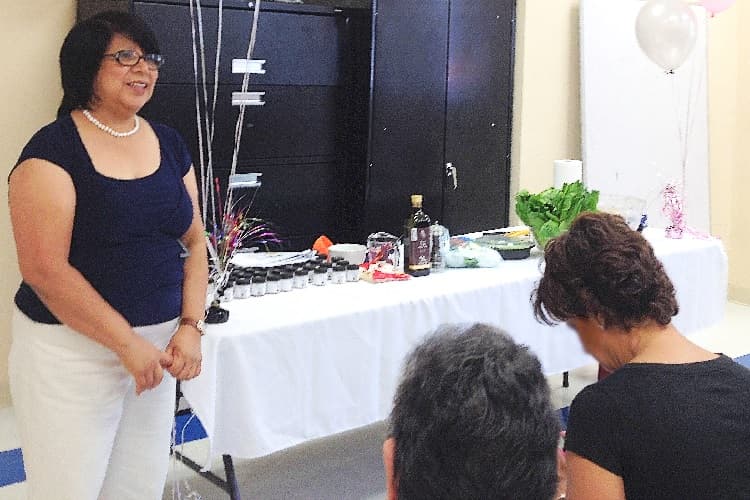Patient Navigation

Patient navigators guide patients through the health care system and overcome barriers that prevent them from getting the care they need.
Patient navigation helps people get the health care and other resources they need to be as healthy as possible. Patient navigators work with people, their families, and their caregivers to overcome barriers to cancer screening and diagnosis, cancer care, and resources needed after cancer treatment.
Patient barriers may include—
- Lack of transportation.
- Lack of care for children or elderly relatives.
- Not understanding why they should get screened.
- Speaking a language other than English.
- Mistrust of the health care system.
- Fear of finding out they have cancer or fear of the screening procedures.
How to Create a Patient Navigation System
- Identify internal and external partners—like clinics or community-based organizations—to work with.
- Determine the type of patient navigator you need—for example, a social worker, community health worker, or nurse.
- Develop a process to monitor the system and track screenings and outcomes. Identify what data will be needed.
- Use the Patient Navigation Barriers and Outcomes Tool developed by George Washington University as a guide.
Questions to ask—
- Who will supervise your patient navigators?
- How will navigation be delivered—for example, in person, electronically, or by telephone?
- Where will patient navigators be located—for example, within your health system or clinic or at a partner’s location?
How to Support a Patient Navigation System
Identify the resources you’ll need to—
- Hire, train, and supervise the patient navigators.
- Provide technology to the navigators.
- Make sure patients receive high-quality support.
Look for ways to reduce costs—
- Look for grants from the federal government, private foundations, state health departments, philanthropic organizations, academic institutions, and medical societies.
- Share costs with other programs in your organization or other clinics that use navigators.
Remember that the money saved by reducing the number of patients who cancel appointments at the last minute or don’t show up may offset the cost of the new system. For more ideas, see the Paying for Cancer Screening Navigation Tool Kit.
Nevada’s breast and cervical cancer screening program hired community health workers to help women with low incomes get screened and use other health care services. The community health workers work with patients to find out what help they need to get screening or other health care.
Pennsylvania’s HealthyWoman Program trained and paid for two patient navigators. The navigators worked with two local health organizations to reach out to Latino and African populations.

